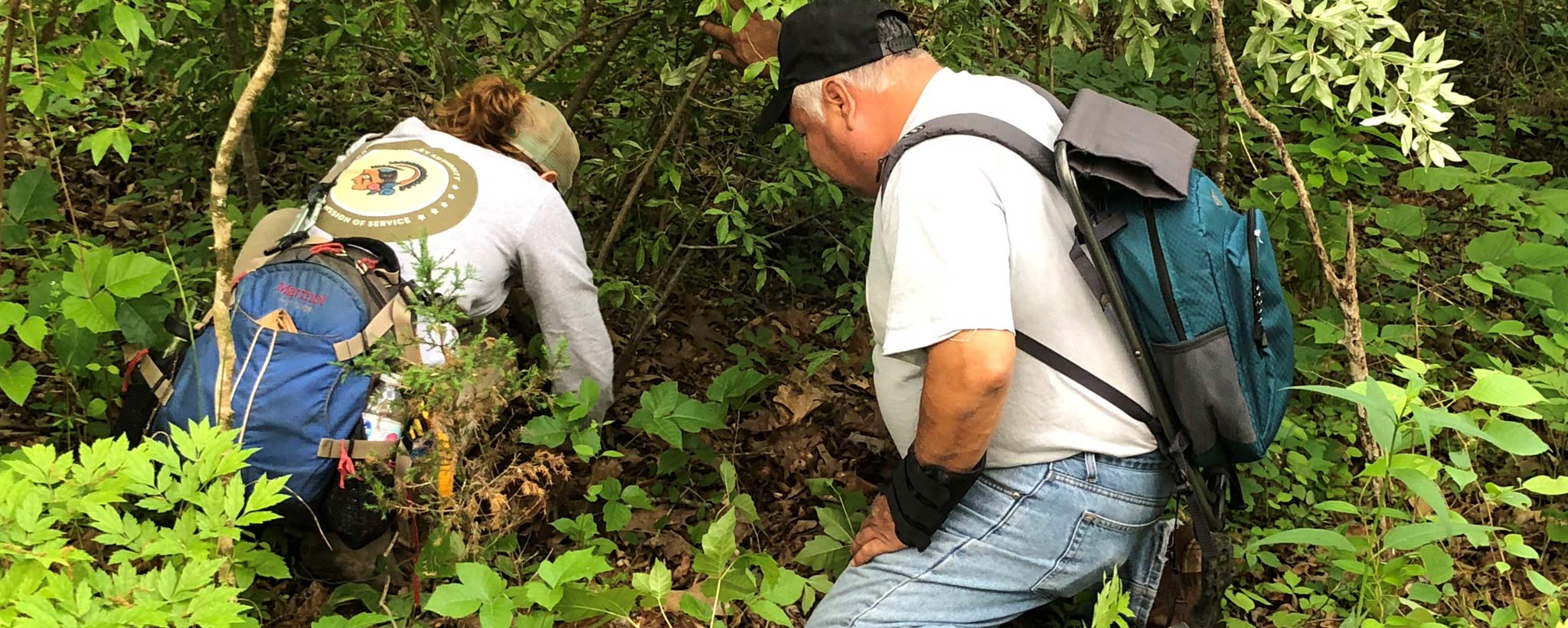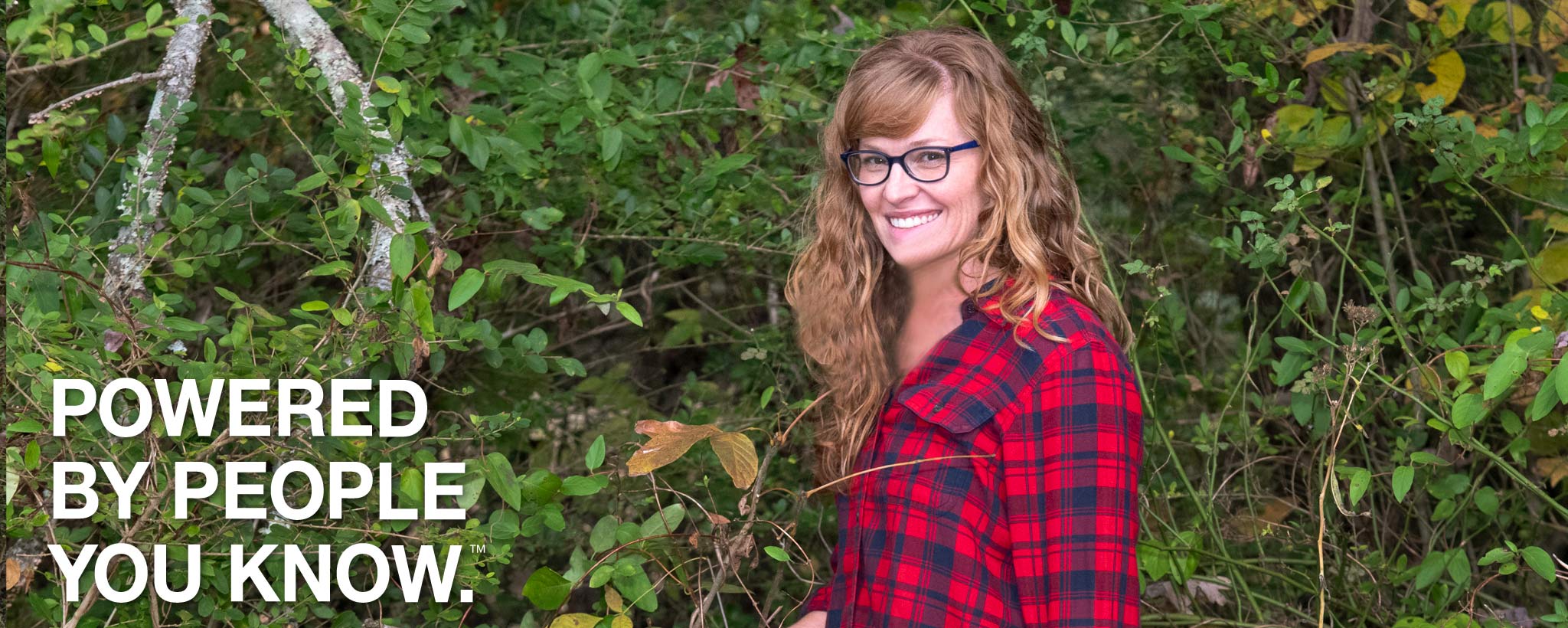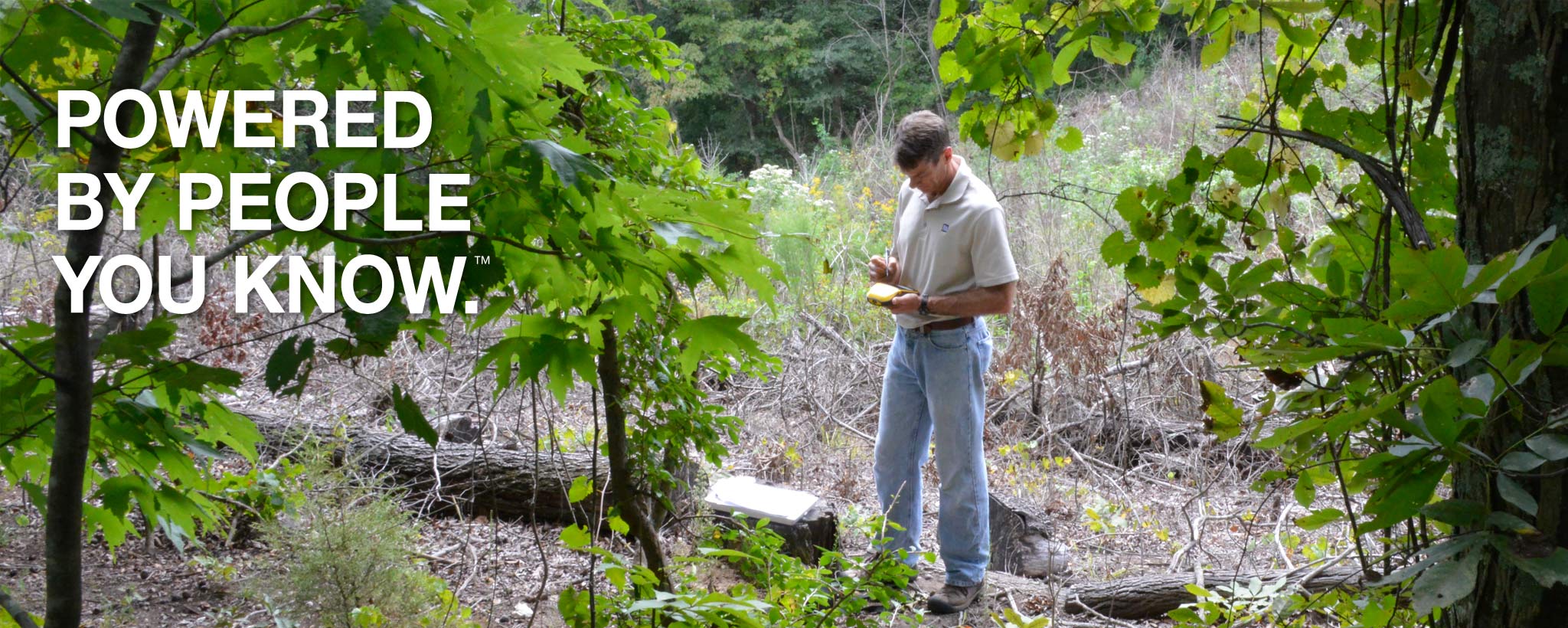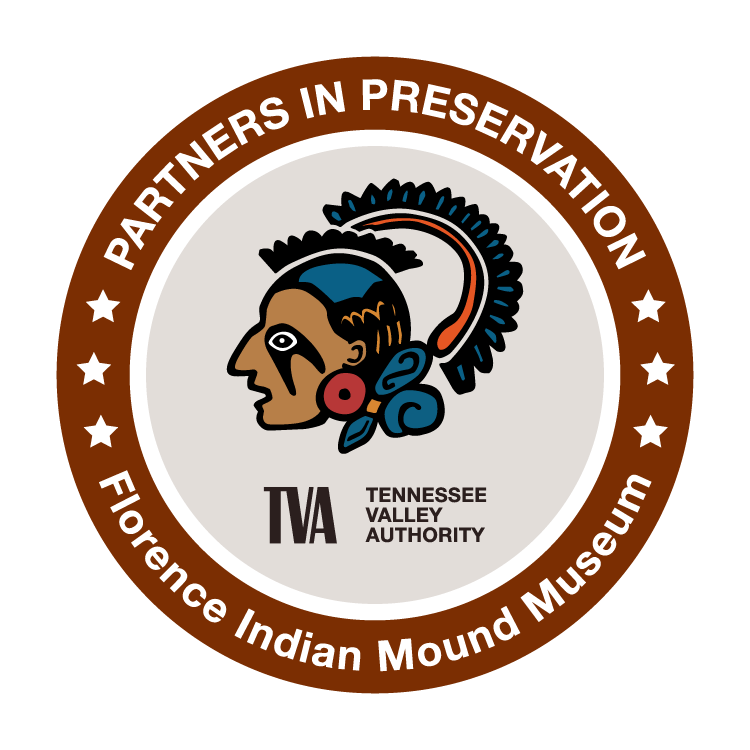
TVA Archaeology
Realizing that many archaeological sites would be inundated with the completion of the agency’s reservoirs, TVA’s first Board of Directors commissioned surveys and excavations by archaeologists at regional universities.
William S. Webb of the University of Kentucky, for example, did archaeological work in the Norris Reservoir Basin, and the Smithsonian Institution published his research in 1938. This report was the first of many compiled on the archaeology of the TVA region.
TVA began hiring its own full-time archaeology staff in 1974 to help preserve and document the historic sites and structures owned or impacted by the agency. Since the early 1990s, the primary goal of the cultural resources staff has been to guide the agency’s compliance with applicable laws and regulations designed to protect significant cultural resources across the TVA region.
Today, TVA manages over 12,500 archaeological sites and numerous historic structures, which include many TVA dams and powerhouses. The cultural resources staff comprises archaeologists, an historian and an historic architect. Their work is a critical component of the management of TVA lands and resources.
Encountering Artifacts
The Archaeological Resources Protection Act of 1979 (ARPA) makes it illegal to excavate archaeological sites on federal property, which includes TVA land, without a research permit. You may be tempted to pick up arrowheads that you find on the ground, but these artifacts are still considered federal property and you can be charged with theft of government property if found to be in possession of artifacts taken from TVA property. Furthermore, an individual who does more than $500 worth of damage can be charged with a felony with fines of up to $100,000 and/or 2 years in prison as well as forfeiture of any vehicles or equipment used to commit the violation. Read more about ARPA and other laws covering cultural resources.
Legal matters aside, it’s important to understand that artifacts by themselves do not tell us anything about people of the past. We need to know the context of the artifact—where it was found, for example, and what other items were near it—in order for it all to make sense. If you have discovered something that may be an artifact, the best thing to do is leave it in place and get in get in contact with us via email.
Please note: The use of metal detectors on TVA public land is strictly prohibited.
A Thousand Eyes
Because the Tennessee River watershed covers a vast territory, TVA staff members are unable to protect all of these sites from being damaged or destroyed through looting or vandalism. In order to address this problem, TVA has developed a volunteerism
project called A Thousand Eyes.
Through this project, TVA works with local groups and communities to protect archaeological sites and preserve them for future generations. Staff members conduct cultural resources presentations and field
trips in which communities have the opportunity to learn more about the protection of sites on TVA land, are encouraged to take action when they see suspicious activity (digging, unpermitted dredging, etc.).
To learn more about TVA’s Thousand Eyes project or to inquire about scheduling a cultural resources event, please contact culturalresources@tva.gov.
If you witness the looting of an archaeological site on TVA land, or see someone using a metal detector, call the TVA Police toll-free at 855-476-2489.
If you’re in or near Knoxville, call:
865-632-3631
800-824-3861 toll-free
865-632-4318 TDD
If you’re in or near Chattanooga, call:
423-751-4005
800-548-4005 toll-free
423-751-1605 TDD
Interested in Archaeology?
Learn about the fascinating work of our archaeologists and its importance in fulfilling TVA's mission of environmental stewardship.



